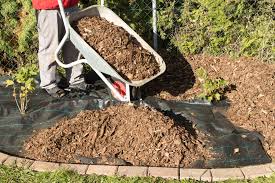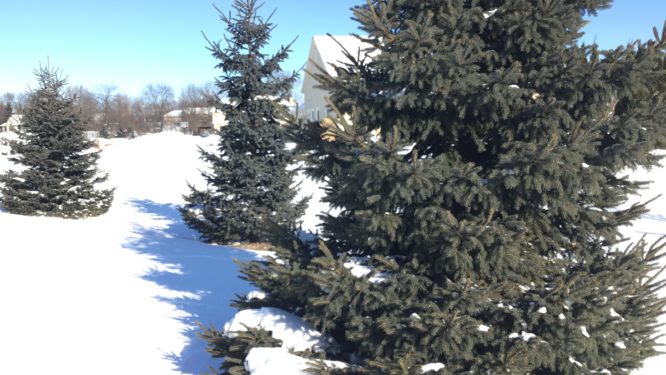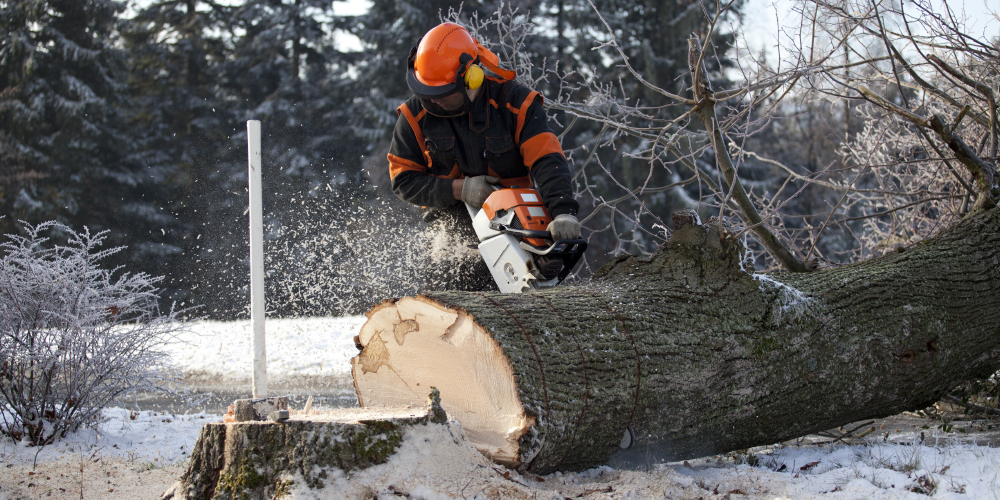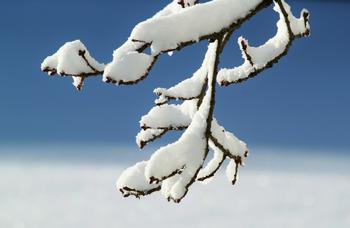Despite the fact that trees are mostly dormant during winter, they're not shielded from the elements like a resting creature that hibernates in an enclosed spot. Trees often experience the entirety of the crude power of the cold season.
Frigid conditions can be unpleasant on trees, particularly on more recently planted or youthful trees that need to further develop protective features, for example, a wide spreading root framework or thick bark. Learn how to protect your trees and assist them in enduring thecolder time of year, preparing them to flourish in years to come.
Pre-Mulch The Soil
In pre-winter to late-fall, add a small layer (less than 2 inches) of natural mulch underneath your tree's drip line. Mulch protects tree roots against extreme temperatures and reduces water loss from soil. Try not to heap mulch straightforwardly against the tree trunk.
Wait to mulch around your trees until the ground freezes to prevent small pests from making it their hibernation area.

Water
Keep trees, particularly recently planted ones, very much watered throughout the fall – until the ground freezes. In the event that a warm spell defrosts trees and soil earlier than expected, water your more recently planted trees to prevent the soil from drying out.
Spray
Winter sun and wind create drying conditions for broadleaf evergreens, for example, Pieris, Rhododendron or Mountain Laurel trees. Spray an anti-desiccant, which covers leaves with a wax like covering, to lessen moisture damage.

Wrap the base
When winter sundefrosts a tree trunk by day and cold night air freezes it, bark cells can burst, making breaks in the trunk. This condition is called sunscald. To protect your trees against this, cover trunks with paper tree wrap. Starting from the base, wrap the trunk,recovering layers by one third. Stop wrapping slightly below the lowest and smallest branches.
After the colder elements have passed, you can remove this wrap in the spring. Sunscald usually occurs on trees planted on west or south sides of buildings. You can likewise paint the tree trunk white or wrap it with a plastic rabbit guard to prevent this from happening.
Protect against pests
Rabbits and voles love to chew the bark off of youthful trees in colder temperatures. Usually, they'll break through outer and inner bark, uncovering the tree’s internal wood. If pest chewing harm or damage happens most of the way around the trunk, the tree probably won't survive.

Stop rodents by wrapping trunks with plastic tree guards before it gets colder, beginning at the base and working upward. Make sure to wrap past the expected snow line. Once temperatures become warmer, you can eliminate the protector in spring.
Another choice is to wrap trunks with chicken wire, which will also keep deer from chewing at higher levels of the tree. When bark starts to develop a lot of crevices, critters for the most part stop biting at it.
Avoid rock salt
Keep rock salt (sodium chloride) away from your trees. Rock salt meddles with roots' capacity to ingest water, oxygen and other supplements. Try to pick ice dissolving items containing calcium, potassium or magnesium chloride instead.

Clear
Collecting snow on tree limbs can break them. To eliminate this build up, regularly push and clear it off branches using upward motions. Try not to attempt to break ice off of branches.
Doing this can snap brittle and bare branches off of the tree. If you do have ice you want to clear off of a branch, use a hose connected with a high temperature water fixture, however take effort in not to burn the tree.
Prune
Winter offers an incredible occasion to inspect and prune trees. You can without much difficulty see the tree's structure and issues with branch growth. Pruning during tree dormancy can likewise forestall infection spread, as illnesses are also dormant.
It’s so important to regularly practice tree maintenance and care. Getting them ready for colder temperatures is just as important as any other form of tree maintenance. For the best results, get familiar with how to examine trees for likely pests or infestation, as well as how and when to prune trees properly.











